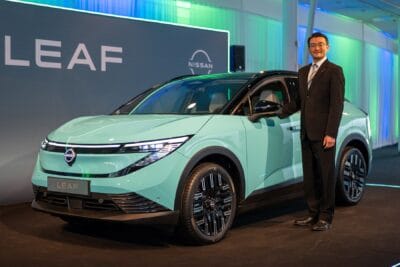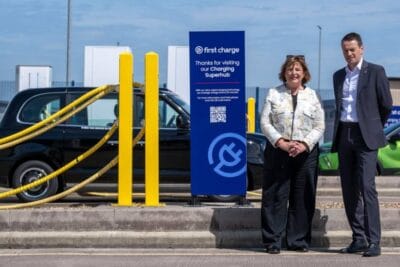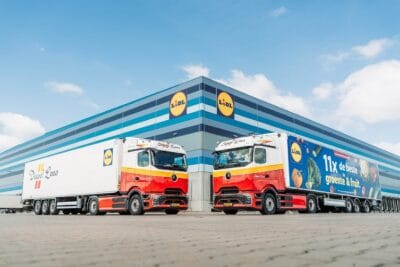V2X Suisse: Seven companies launch field trial for bidirectional charging
In Switzerland, seven companies have joined forces to test bidirectional charging. The initiators hope to make a big statement about the future of this technology in Switzerland and beyond. At the centre of V2X Suisse are 50 Honda e from the car-sharing company Mobility.
The seven partners say they want to find solutions for how a rapidly growing number of electric cars can be charged – questions about power consumption and grid stability are to be clarified before they lead to acute problems.
“By working together, we will waste no time in making bidirectional EV charging a reality and thus gain much-needed in-sights,” says Marco Piffaretti, project manager of V2X Suisse and electromobility expert at Mobility who points out that there is still hardly any practical knowledge in Switzerland regarding the technical, regulatory and organisational challenges of bidirectional charging. “We are pioneering the project with our partners with the aim of delivering results designed to boost this technology in Switzerland and beyond.”
Partners from various sectors have joined forces for the project, which is supported by the pilot and demonstration programme of the Swiss Federal Office of Energy. The car-sharing provider Mobility, which plans to convert its entire fleet of 3,000 vehicles by 2030 at the latest anyway, is operating the test vehicles. The car manufacturer Honda – represented by Honda R&D Europe and Honda Motor Europe – is providing the vehicles. The Swiss company EVTEC is building the bidirectional charging stations, Sun2Wheel is developing the software, Tiko is involved as an aggregator and Novatlantis (in collaboration with ETH) is involved as a flexibility buyer and representative of science, according to the statement.
Preparations are to be completed by September 2022. This also includes the installation of the bidirectional charging stations at around 40 Mobility locations throughout Switzerland. Two different models from EVTEC will be used. Model 1 is a DC wallbox with 10 kW power, which is offered by Honda as a “PowerManager” – but in essence, it is an offshoot of an EVTEC development with a new brand logo. EVTEC is also developing a new variant with 2x 10 kW DC CCS for the project. If only one charging point is used, bidirectional charging is even possible here with up to 20 kW. “This increases V2X profitability if only one of the two Hondas is connected to the grid at the site,” explains Piffaretti in an interview with electrive.net.
Both models are equipped with ripple control receivers for the distribution grid operators as well as a digital interface. This is where the cloud software developed by Sun2Wheel comes in and manages the available power of the connected cars in quarter-hour cycles. The cloud offers the available power to the aggregator tiko, which is relevant for Swissgrid, releases the energy and bills at the end.
The vehicles are 50 standard Honda-e cars that, according to Piffaretti, are “sold to Mobility without any hardware or software changes”. It is the first time that bidirectionally charging series-produced electric cars will be in widespread use in people’s everyday mobility, according to V2X Suisse.
With the mix of 10 and 20 kW charging points operated by Mobility itself, the effect of the pilot project is admittedly manageable and the drive battery of the Honda e is known to be rather small at 35.5 kWh. Extrapolated to the entire car sharing fleet, the e-cars would correspond to a connected load of 60 megawatts, according to Mobility. That is more than the Peccia pumped-storage power plant in Ticino. However, in order for the entire fleet to be able to charge bidirectionally and deliver the energy stored in the battery back to the grid, the foundations must first be laid.
By the end of the project at the end of 2023, the seven partners of V2X Suisse want to explore how this technology can stabilise the power grid and how locations with photovoltaic systems can optimise their own consumption. In addition, they want to investigate the business potential of bidirectional vehicles in Switzerland. And thirdly, the competition between the potential flexibility buyers (Swissgrid, distribution grid operators and interconnection for self-consumption) is to be tested.
Source: Press release via email, hondanews.eu





1 Comment